Risk of rats in construction
Contents |
[edit] Introduction
The brown rat, rattus norvegicus, is a UK rodent that is closely associated with human activity. Primary habitats include sewers, canals and rivers; however, they are often found in derelict sites or near readily accessible food sources. Rats can pose a risk to construction workers becuase of the frequency with which they may be in close proximity.
Construction work on greenfield sites can disturb rodent populations, as it can on brownfield sites, for example, when undertaking roadworks or demolishing or renovating old buildings. Construction sites with material storage, temporary offices and worker facilities, can become ideal harbourages for rodents.
Minimising the impact of rodents during construction requires that site managers recognise key signs of activity and that this is addressed quickly to prevent it from becoming a hazard.
Key signs of rat activity include:
- Chewed electrical cables, rubber pipework or pipe insulation.
- Rat droppings, usually around 20 mm long and found in groups.
- Walls with smudge marks or hairs caught on low-level brickwork.
- Scratching or scurrying noises in walls and above ceilings.
- Nests and piled-nest materials.
Surveyors should also look out for these key signs when carrying out a pre-assessment of likely hazards on sites and potential sites.
[edit] Infection
The primary health hazard posed by rats is Weil’s disease, a serious form of leptospirosis caused by exposure to rat’s urine containing the bacterium, through cuts, scratches and abrasions, and through the lining of the mouth, throat and eyes.
Symptoms are typically similar to flu at the outset – muscle cramps, nausea, headaches – but can cause jaundice, kidney failure, meningitis, and in some cases can be fatal. Other diseases that rats can transmit to humans include:
- Salmonellosis.
- Rat-bite fever.
- Listeria.
- Toxoplasmosis.
- Toxicaria.
It is possible to become infected even when rats are no longer present, and so workers must be cautious working in any areas with a high quantity of water or in derelict buildings.
[edit] Protecting against infection
There are several steps that can take to protect against infection:
- Ensuring that cuts, grazes or abrasions are covered with waterproof dressings.
- Using suitable safety gloves.
- Washing cuts with soap and running water before covering with dressings.
- Washing hands before eating, drinking or smoking, and avoiding hand-to-mouth contact.
- Avoiding cornering rats as they can jump.
- Avoiding touching a dead rat with unprotected hands.
- Seeking medical attention as soon as possible if symptoms of infection are experienced.
[edit] Structural damage
Rodents can also cause significant structural damage. They can undermine a building’s fabric and can damage drainage by burrowing between joints in the surrounding earth and behind brick sewers. They may cause flooding by damaging pipework, and can create fire hazards by damaging electrical wiring.
Preventive measures can include; placing fine mesh over air bricks to prevent rodent entry, closing off voids around ducts and other penetrations through the building fabric, properly capping drains, installing hinged plates in drains and sewers and so on.
[edit] Related articles on Designing Buildings Wiki
- Bird deterrent programmes.
- Construction site inspection.
- Dry rot fungus.
- First aider.
- Gnats.
- Hazardous substances.
- Health and safety.
- How to work safely on a construction site in winter.
- Japanese knotweed.
- Mitie - drone pest control inspection.
- Personal protective equipment.
- Site surveys.
- The Personal Protective Equipment at Work Regulations 1992.
- Weil's disease.
Featured articles and news
Professional practical experience for Architects in training
The long process to transform the nature of education and professional practical experience in the Architecture profession following recent reports.
A people-first approach to retrofit
Moving away from the destructive paradigm of fabric-first.
International Electrician Day, 10 June 2025
Celebrating the role of electrical engineers from André-Marie Amperè, today and for the future.
New guide for clients launched at Houses of Parliament
'There has never been a more important time for clients to step up and ...ask the right questions'
The impact of recycled slate tiles
Innovation across the decades.
EPC changes for existing buildings
Changes and their context as the new RdSAP methodology comes into use from 15 June.
Skills England publishes Sector skills needs assessments
Priority areas relating to the built environment highlighted and described in brief.
BSRIA HVAC Market Watch - May 2025 Edition
Heat Pump Market Outlook: Policy, Performance & Refrigerant Trends for 2025–2028.
Committing to EDI in construction with CIOB
Built Environment professional bodies deepen commitment to EDI with two new signatories: CIAT and CICES.
Government Grenfell progress report at a glance
Line by line recomendation overview, with links to more details.
An engaging and lively review of his professional life.
Sustainable heating for listed buildings
A problem that needs to be approached intelligently.
50th Golden anniversary ECA Edmundson apprentice award
Deadline for entries has been extended to Friday 27 June, so don't miss out!
CIAT at the London Festival of Architecture
Designing for Everyone: Breaking Barriers in Inclusive Architecture.
Mixed reactions to apprenticeship and skills reform 2025
A 'welcome shift' for some and a 'backwards step' for others.







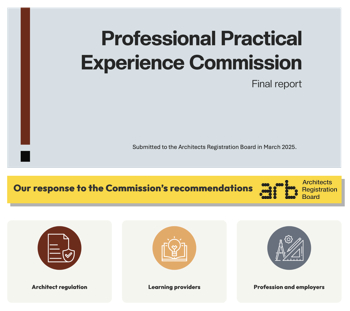
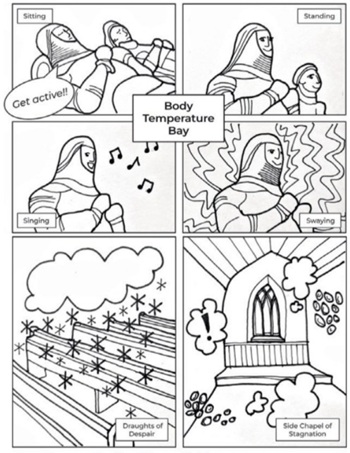


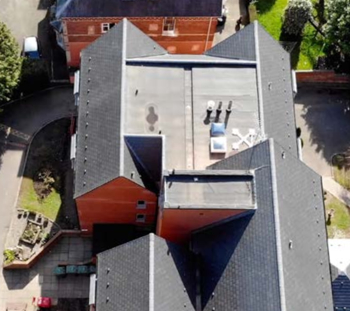
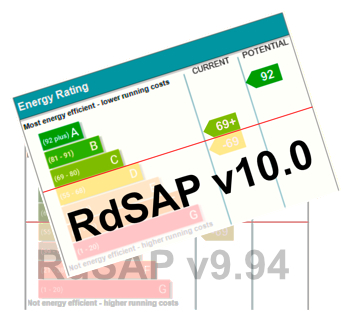

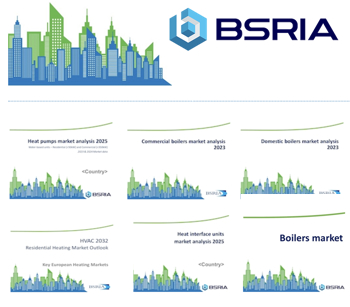

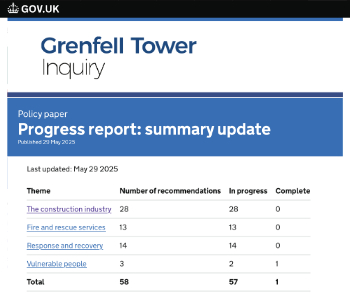

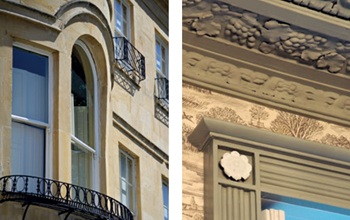

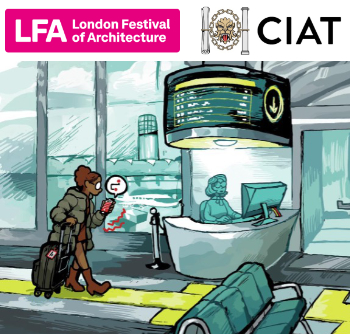
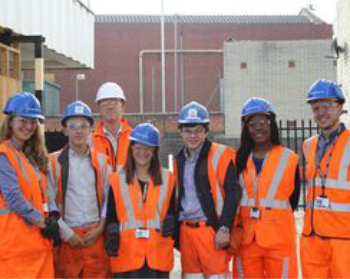
Comments
Rats, being opportunistic creatures, are quick to exploit the nooks and crannies that come up during construction, posing not just infrastructural risks but also health concerns. Beyond the structural damages and potential delays they can cause, rats are vectors for diseases, which can be detrimental for both construction workers and future occupants of a building. As the article rightly points out, preventive measures are key. Services like Lakewood Exterminating play a crucial role in this aspect. They not only help in the extermination of these pests but can also advise on best practices to prevent future infestations. As the construction industry continues to grow and evolve, ensuring a rat-free environment should be of paramount importance, and experts from pest control services are indeed the unsung heroes in this endeavor.